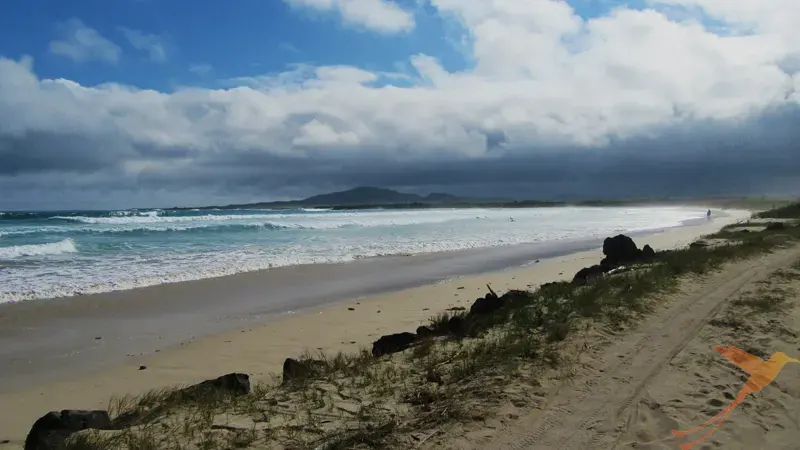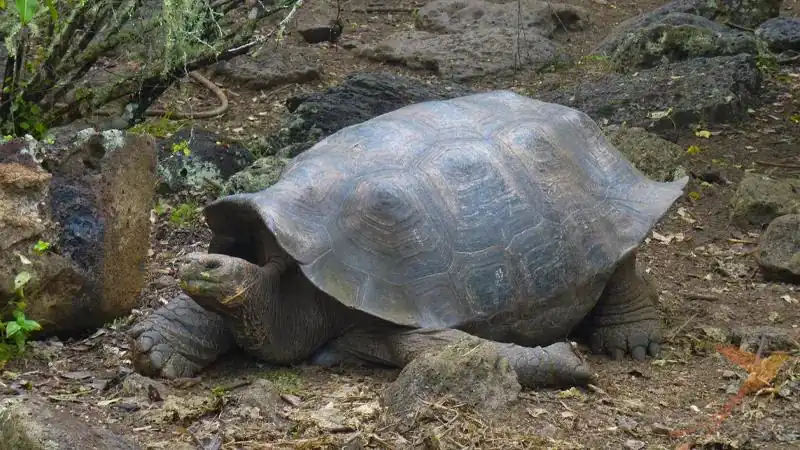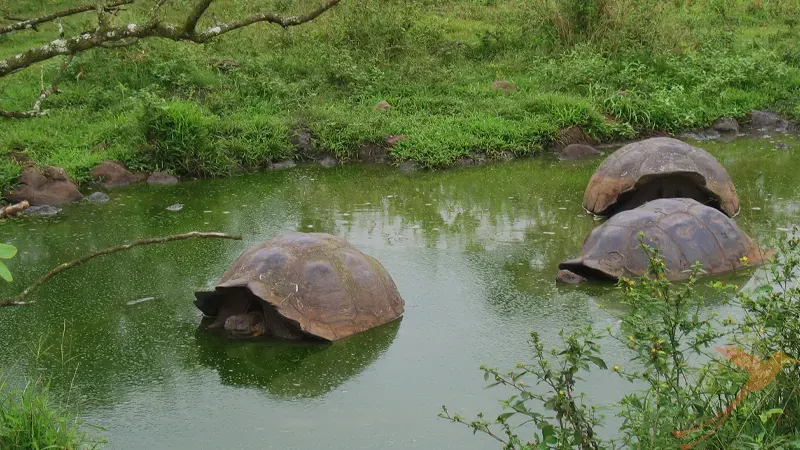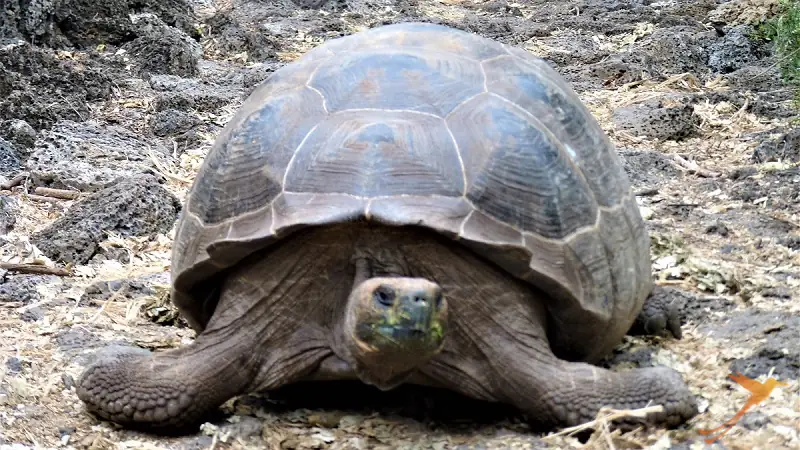
The Galápagos Islands are located about 1,000km west of Ecuadorian mainland in the Pacific Ocean. In total, more than 100 small islands belong to this archipelago, but only 13 have an area of more than 10km². Furthermore, only 5 of them are inhabited, namely San Cristóbal, Santa Cruz, Isabela, Floreana and Baltra.

Since 1978, the archipelago has been a UNESCO World Heritage Site, due to its biodiversity, which is unique in the world. More than 7000 different animal and plant species have been recorded on the Galápagos Islands, which is enormous in relation to their relatively small area of 8,000km². It is estimated that there are even about 15% more species that have not yet been discovered. Already in 1835 the famous scientist Charles Darwin visited the islands and through his observations his life’s work “Theory of the Evolution of Species” was written almost a quarter of a century later.
In the following, the most common and therefore best known animal and plant species of the Galapagos Islands are described in more detail.
The Galapagos Giant Tortoise
When hearing the term “Galápagos”, the first thing most of us think of is surely the Galápagos giant tortoise. In fact, this is not only a species typical of the islands, but also its namesake. “Galápago” means “bulging saddle”
and refers to the turtle’s shell, which is bulging in the neck area of some
species like a kind of saddle.

How big the Galápagos giant tortoise really is compared to other species is hard to imagine until you see the animals with your own eyes. It is not uncommon for adult tortoises to reach a carapace length of up to 130 cm and weigh up to 250 kg. They can also live up to 175 years. Depending on the way they feed, the animals have different shell shapes. Those that feed on ground growth often have dome-shaped shells and those that resort to bushes and opuntias tend to have saddle-shaped shells. Saddle-backed turtles are characterized by longer necks and higher carapaces, that ensure they can get any food that does not grow on the ground.
Saddle-backed turtles are mainly found on the Galápagos Islands of Española, Isabela, Pinzón and Fernandina. The Galápagos giant tortoises with carapace dome shape are also found on Isabela Island and on the Galápagos Islands of San Cristóbal and Santa Cruz.
If you want to know more about the fauna and flora of Galapagos you can visit our blog
Habitat, Diet and Reproduction
As mentioned above, the diurnal animals are most likely to be found on Santa Cruz and Isabela Islands, but also on Española, Pinzón, Santiago or San Cristóbal. The best time to see them is early in the morning or late in the afternoon in summer. In winter, on the other hand, they are most active at midday. When the giant tortoise is inactive, it is usually sleeping. Their daily sleeping time is up to 16 hours. In addition, the tortoises are herbivores; they feed mainly on herbs, grasses, berries and cacti, which is why they spend most of their time in highland areas where lush vegetation can be found. If the turtles do not find food or water, they can survive not only several days, but several months without active food supply which ensures their survival even in times of drought.
The animals become sexually mature at the age of about 20 to 30 years. Females and males are easily differentiated. Male turtles are heavier, have a longer tail and are characterized with a flat shell. Mating season occurs from December to August, and females lay eggs in their nests in the warmer coastal areas between late June and November. Per day, a Galápagos giant tortoise can travel several kilometers. To get from the highlands to the coastal region, they migrate for about three weeks, covering several miles. It takes about 250 days for the offspring to hatch from the approximately 4 to 17 eggs. After hatching, the baby turtles have a weight of 60-100 grams and are on their own from the beginning. It seems unimaginable at first that their weight would one day be more than 250,000 times heavier.

Enemies
As an immature animal, the Galápagos giant tortoise is not safe from birds of prey, such as hawks. Wild dogs are also among the natural enemies of young tortoises. Once the giant tortoises are fully grown, they no longer have any natural enemies, but cats, wild dogs and rats can destroy their refuges and nests.
Endangerment
Unfortunately, the existence of Galápagos tortoises has been severely threatened for several years. Already five of 15 originally known species are completely extinct and only 12,000-15,000 of once 100,000-200,000 specimens are still alive. Accordingly, the animals have been classified as highly in need of protection. A species protection project has been in place since 1960 and so far, it has succeeded in re-breeding 2,500 young animals. Good news is also that the Ferdinanda turtle, which was last sighted in 1906 and was considered an extinct species, was rediscovered in 2019. Thus, the Ferdinanda Galápagos giant tortoise could be removed from the list of extinct animals.
In order to ensure the survival of the animals on the Galápagos Islands, it is of the highest priority to protect the islands as best as possible, even as a tourist, by not introducing foreign plant species, not disturbing the animals in their natural habitat and leaving the islands exactly as you found them.

Are you as impressed as we are, would you like to observe the Galápagos giant tortoise in the wild and visit the species-rich and fascinating Galápagos Islands? Then come with us on a breathtaking journey!
Do you want to get to know the Galapagos Islands? We offer individual and group tours to Ecuador and Galapagos.







